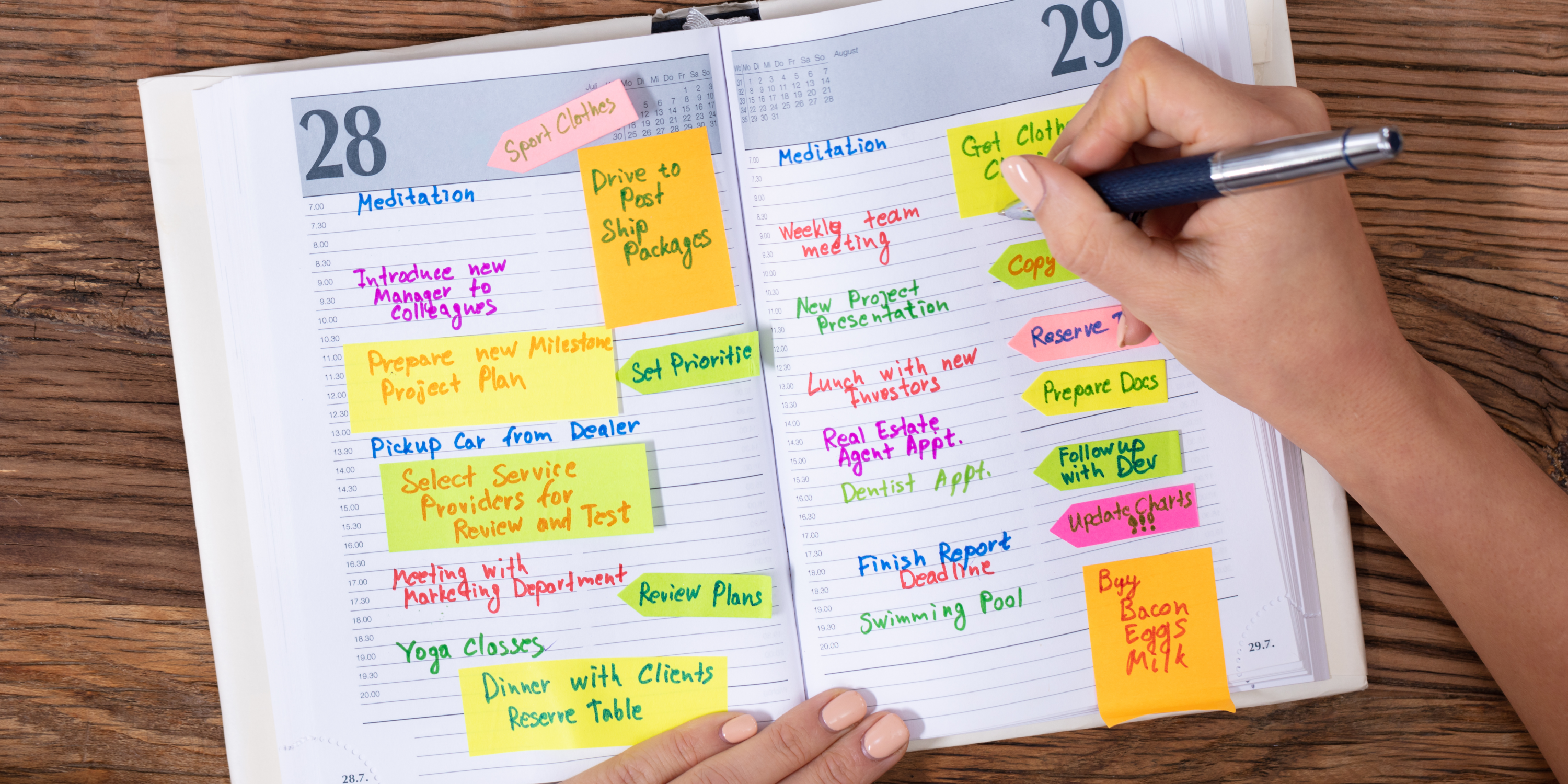
The Importance of Patient Scheduling and 5 Best Practices
Welcome to our blog post on patient scheduling and best practices to promote a smooth experience for healthcare providers and patients. Today’s fast-paced environment requires smart scheduling to optimize workflow, reduce wait times, improve patient happiness, and improve healthcare outcomes.
Efficient patient scheduling is essential for small clinics and major hospitals. It streamlines procedures and ensures patients receive timely care without delays.
Why is Patient Scheduling Important?
Patient scheduling is crucial to healthcare management. It optimizes healthcare workflow. Healthcare professionals can maximize resource use by efficiently scheduling visits and allocating patient time slots.
Patient scheduling is vital to waiting time reduction. Long wait times frustrate patients and lower patient satisfaction. Healthcare professionals can reduce wait times and improve patient satisfaction by organizing scheduling.
Effective scheduling boosts patient satisfaction. Patients feel more appreciated when they can make appointments at their leisure and encounter little delays. This boosts patient satisfaction and healthcare provider trust.
Accurate scheduling improves hospital department collaboration. It plans employees, equipment, and specialized services for each appointment.
Effective patient scheduling helps manage crises without disrupting routine appointments. It allows for unexpected events while keeping routine care schedules.

Benefits of Effective Patient Scheduling
Healthcare facilities must schedule patients efficiently to run smoothly. Properly done, it can benefit patients and healthcare practitioners.
Correct patient scheduling reduces wait times. Healthcare providers can reduce patient wait times and improve satisfaction by managing appointments. This improves resource use since doctors can visit more patients without compromising quality.
Efficient scheduling improves hospital department collaboration. Staff can collaborate and manage patient care by matching schedules and eliminating overlap. This boosts efficiency and patient satisfaction.
Healthcare professionals can optimize workflow with effective patient scheduling. By proactively scheduling appointments by complexity or resource needs, physicians can ensure they have enough time to fully address each patient’s needs. This decreases staff stress and improves care.
Proper appointment scheduling improves patient communication. Patients receive pre-appointment reminders and follow-up updates concerning their appointments and preparations. This proactive strategy boosts patient participation and medical professional-patient trust.
Healthcare facilities earn more with efficient appointment management. Optimized plans that reduce no-shows and late cancellations help suppliers maximize daily capacity usage and avoid revenue losses from vacant calendar slots.
Common Challenges in Patient Scheduling
Patient scheduling is complicated, and healthcare providers sometimes struggle to maintain their appointment calendars. Patients’ diverse requirements and preferences can be challenging to meet. Some patients need emergency care, while others have scheduling constraints or need lengthier appointment dates.
Schedule changes due to cancellations, no-shows, and rescheduling are another issue. Inefficiencies and timetable gaps can interrupt workflow and waste resources.
Maintaining accurate patient data is also difficult. Patients may submit erroneous contact information or not update it often. This may delay patient updates or prevent communication.
Limited real-time data can also complicate patient scheduling. Without current personnel, room, and equipment availability, healthcare practitioners cannot efficiently deploy resources and optimize scheduling.
Patient scheduling is further complicated by several clinics or locations. Staff at each site must coordinate and share patient information to coordinate appointments.
These issues can be overcome by planning and implementing patient scheduling best practices and using dedicated technology.
Five Best Practices for Successful Patient Scheduling
1. Effective Appointment Booking
Successful patient scheduling requires an efficient appointment booking system. A simple web platform or program can help patients book appointments at their convenience. This lowers missed visits and improves patient satisfaction.
2. Time Management
Smooth patient scheduling requires good time management. Appointing proper time slots for different sorts of appointments prevents overcrowding and ensures each patient receives adequate care. Setting realistic procedure durations reduces delays and keeps the timetable on track.
3. Communicate Well
Patients must be informed clearly to avoid appointment confusion. Patients can be reminded by phone, SMS, or email to reduce no-shows and enhance timeliness.
4. Adjustability
Flexibility in scheduling benefits patients and healthcare providers. Offering evening or weekend appointments, virtual visits, or walk-in availability meets different patient demands while maximizing clinic efficiency.
5. Effective Patient Triage
A successful triage system prioritizes vital cases and reduces wait times for less urgent situations.

The Role of Technology in Patient Scheduling
In today’s fast-paced digital world, technology affects every element of life. Medical care is included. Technology has transformed patient scheduling.
Online scheduling makes arranging appointments easy for patients. They can choose their preferred date and time from home with a few clicks. No more hold time or phone tag with busy receptionists.
Healthcare practitioners and patients now communicate better thanks to technology. SMS or email appointment reminders help patients remember their appointments and reduce no-show rates.
Optimizing clinic resources is another benefit of patient scheduling technology. Advanced algorithms can optimize schedules based on appointment duration and provider availability to minimize gaps and boost efficiency.
In addition, EMR systems link smoothly with patient scheduling tools, allowing healthcare providers to swiftly access vital patient data during appointments. This boosts efficiency and care continuity.
Technology makes rescheduling or canceling unforeseen events easier. Patients can alter their accounts online or via mobile apps without calling the clinic.
Technology in patient scheduling improves patient convenience, provider-patient communication, resource allocation, EMR integration, and appointment flexibility. As healthcare technology advances, so will our professional skills!
Conclusion
In today’s fast-paced healthcare industry, patient scheduling is essential for smooth operations and excellent care. Healthcare providers can improve patient happiness, efficiency, wait times, and staff productivity by scheduling well.
Patient scheduling issues include no-shows and last-minute cancellations, but effective practices can help. Remember to prioritize communication, streamline processes, use technology, empower personnel, and analyze and adapt scheduling tactics based on feedback.
Technology has transformed patient scheduling. From online appointment scheduling systems to automated reminders and real-time updates, healthcare providers now have tremendous tools to streamline and improve patient and employee experiences.
Hospitals, clinics, and medical practices can improve patient care and operations by using patient scheduling technology. This boosts outcomes and helps healthcare providers build client relationships.

